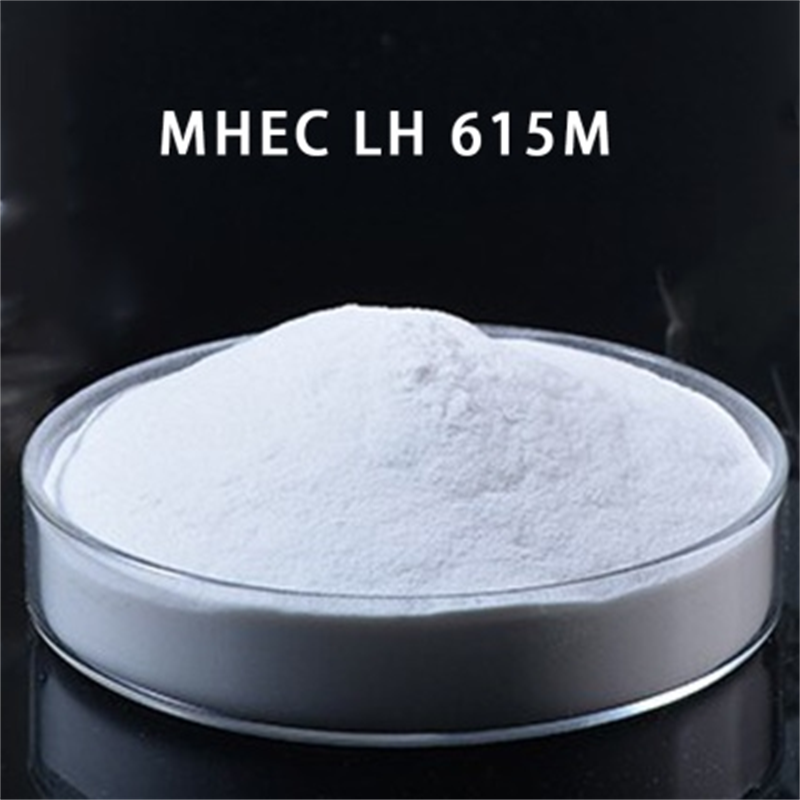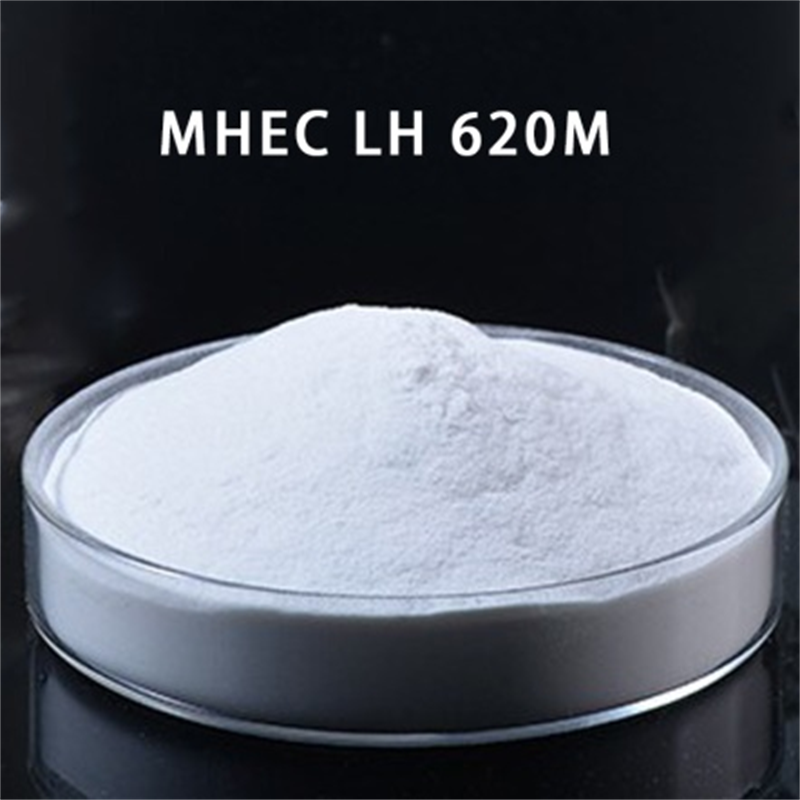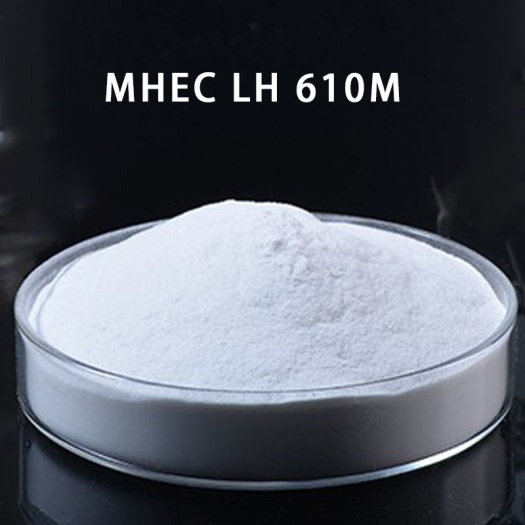
Products
MHEC LH 610M
Specification of MHEC LH 610M
| Chemical name | Methyl Hydroxyethyl Cellulose |
| Synonym | Cellulose ether, 2-hydroxyethyl methyl cellulose, Cellulose, 2-hydroxyethyl methyl ether, hydroxyethyl Methyl cellulose, MHEC, HEMC |
| CAS number | 9032-42-2 |
| Brand | EipponCell |
| Product Grade | MHEC LH 610M |
| Solubility | Water Soluble Cellulose ether |
| Physical form | White to off-white cellulose powder |
| Moisture | Max.6% |
| PH | 4.0-8.0 |
| Viscosity Brookfield 2% solution | 8000-12000mPa.s |
| Viscosity NDJ 2% solution | 8000-12000mPa.S |
| Ash content | Max5.0% |
| Mesh size | 99% pass 100mesh |
| HS code | 39123900 |
Application of MHEC LH 610M
EipponCell MHEC MH10M, a methyl hydroxyethyl cellulose, exhibits excellent water retention and thickening properties, although it differs in certain aspects. As an anionic cellulose ether, it easily forms water-insoluble salts when exposed to divalent and trivalent cations. Compared to hydroxyethyl cellulose, methyl hydroxyethyl cellulose possesses lower shear viscosity and higher surfactant properties, which reduces splattering tendencies in latex paints. This cellulose ether offers advantages such as good fluidity in latex paint, low brush resistance, easy application, and favorable compatibility with pigments. Hence, it is recommended for use in silk latex paint, colored latex paint, and color paste, where pigments and fillers tend to precipitate. In order to maintain a uniform and stable coating, the pigments and fillers must remain suspended. The addition of cellulose ether imparts a certain viscosity to the paint, preventing precipitation during storage.
Documents of MHEC LH 610M
Recommended HEMC for Building & Construction


Address
Mayu Chemical Industry Park, Jinzhou City, Hebei, China
Tel/Whatsapp
+86-311-8444 2166
+86 13785166166 (Whatsapp/Wechat)
+86 18631151166 (Whatsapp/Wechat)
Latest information
news








